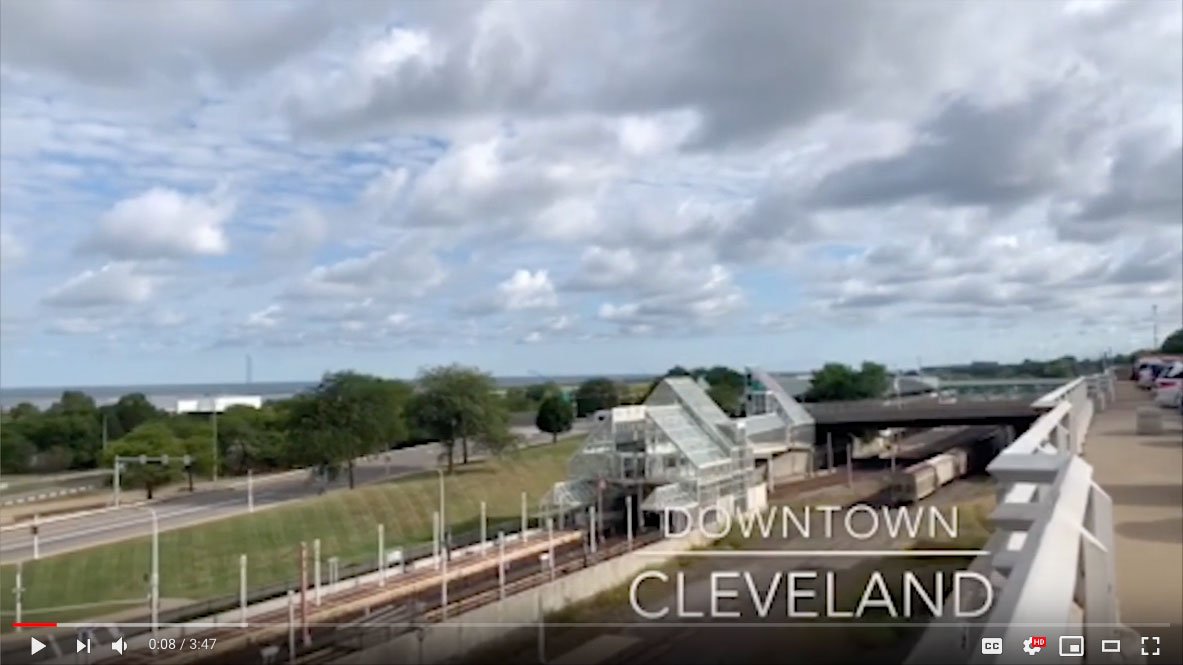
Global Investments in Downtown Cleveland
This week Shemika gives you a tour of Downtown Cleveland including the Stadium and the Marina, we also get to see some other great attractions Cleveland has to offer.

This week Shemika gives you a tour of Downtown Cleveland including the Stadium and the Marina, we also get to see some other great attractions Cleveland has to offer.
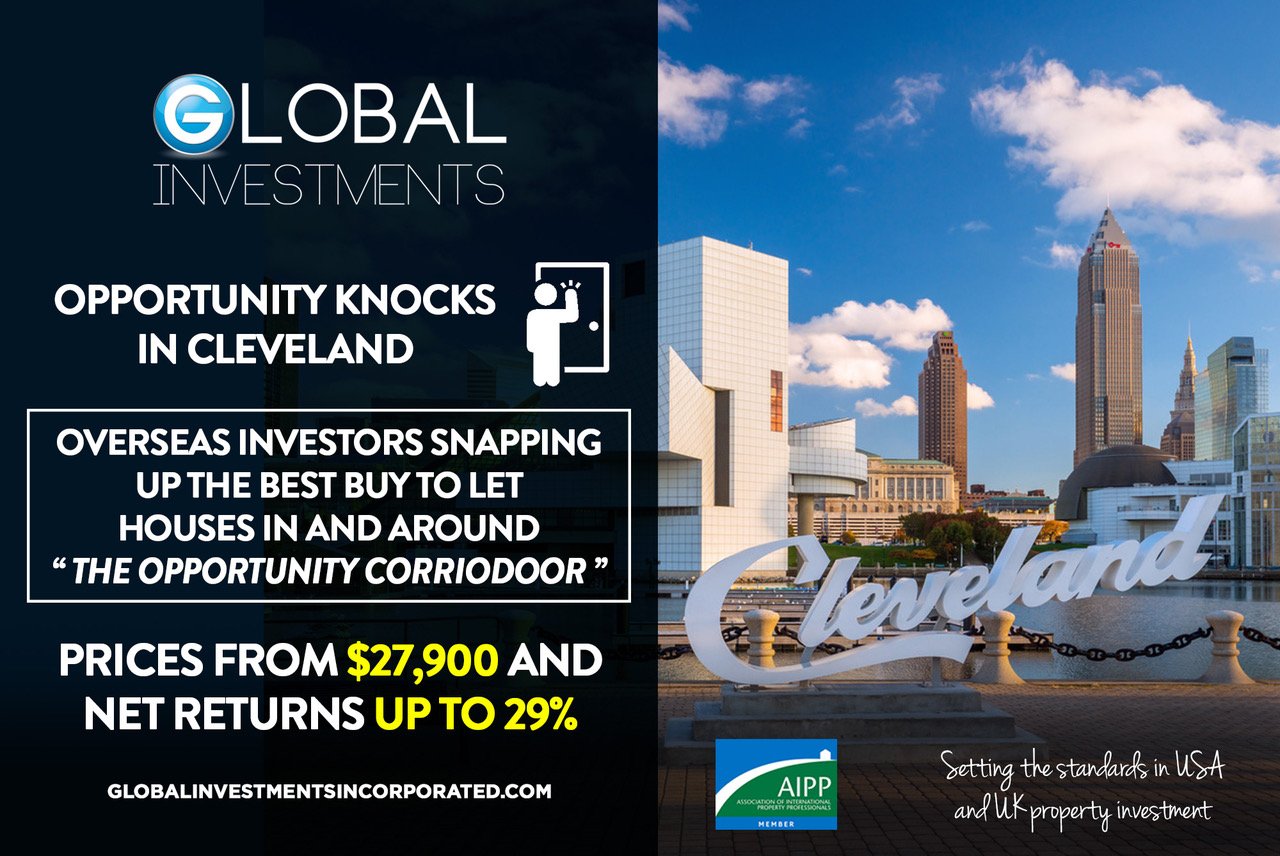
“ The Opportunity Corridor” is a boulevard in Cleveland, Ohio, partially open to traffic and partially under construction. The $306 million city investment will connect Interstate 77 and Interstate 490 to the University Circle neighbourhood (the fastest-growing job centre in the region). The purpose of the project is to improve the roadway network within an area of the City of Cleveland that is historically under-served and economically depressed. Construction of the Opportunity Corridor began in 2015 at the East end with Section 1 – the widening of East 105th Street. That section opened in the fall of 2017. By that time, work had already begun on Section 2, which extended the roadway from East 105th to East 93rd Street. That section opened in November 2018. Work on Section 3 – the longest, most complicated section – began earlier this year with completion expected in late 2021. Opportunity Corridor would make it easier for commuters and visitors to reach University Circle jobs and cultural institutions such as the Cleveland Orchestra and the Cleveland Museum of Art. The institutions in particular would have easier access to new audiences on the West Side of the city and Cuyahoga County. So the question is simple, What opportunities will the corridor create? and How will this affect the Real Estate market in the surrounding Cleveland neighbourhoods? Job creation and commercial opportunities The corridor could create a 400-acre inner-city brownfield redevelopment zone that generates thousands of new jobs. It is also hoped that the corridor will reactivate hundreds of acres of fallow industrial land and hollowed-out neighbourhoods in the city’s “Forgotten Triangle”, located south of South Woodland Road and east of East 55th Street. A 2011 study by Allegro Realty Advisors for the Greater Cleveland Partnership states that the corridor could create 2,300 permanent jobs and 3,300 temporary jobs with a total payroll of $1.1 billion. Hundreds of millions of dollars in city, county, state and federal tax revenues would be created. IBM is already investing in a building near Phase 1 of the project. This $11.1 million office building will be used by IBM to house about 300 employees in its growing Explorys division – a healthcare data analytics company. The expectation is that most of those IBM workers will live in the surrounding neighbourhoods, which offer the best standard of living and value for money. Over the next 10 years, should business investment continue to grow as expected, this will increase the value of land and property demand in the surrounding areas such as Fairfax, Buckeye, Kinsman, Woodland Hills and Slavic Village. Over the last 2 years, Global Investments have noticed an increasing demand from investors for single and multi-family homes in these areas. Local and foreign investors are purchasing buy-to-let properties that are large in size with plenty of character and often refurbished. This is revitalising the neighbourhoods and attracting good clientele by providing affordable quality housing for long-term renters. Early signs of the impact Opportunity Corridor has had are very promising. Global Investments will be closely monitoring the subsequent property fluctuations as work continues. We will look to keep readers posted as this area evolves over the coming months and years.
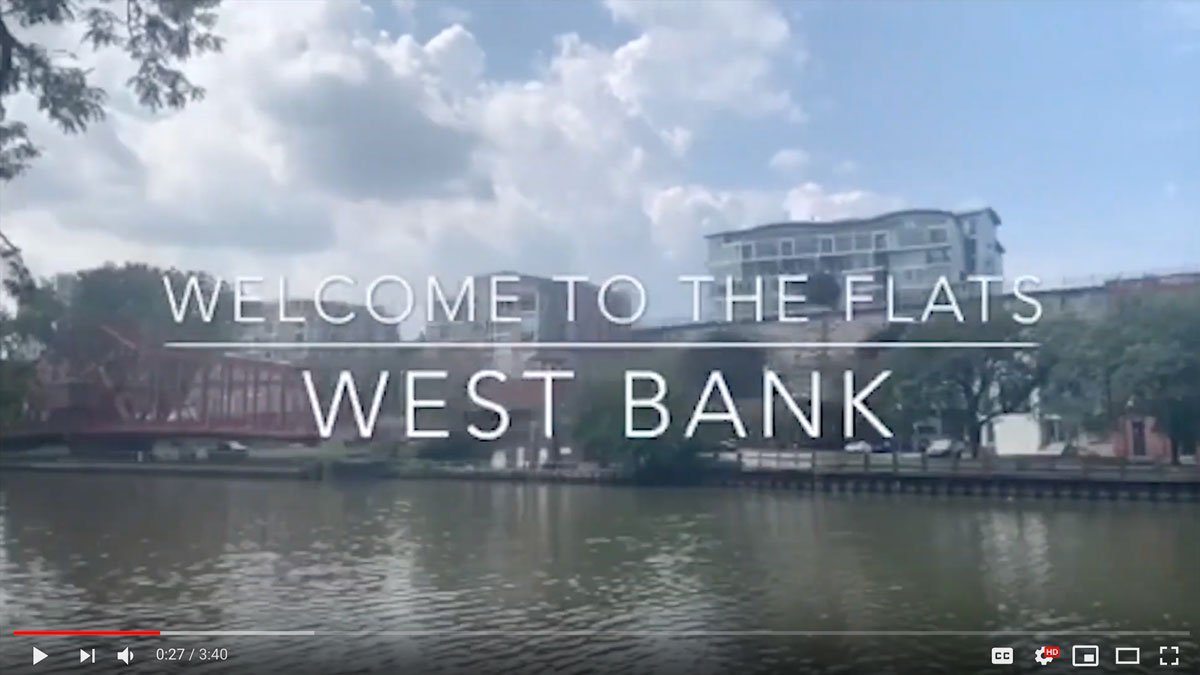
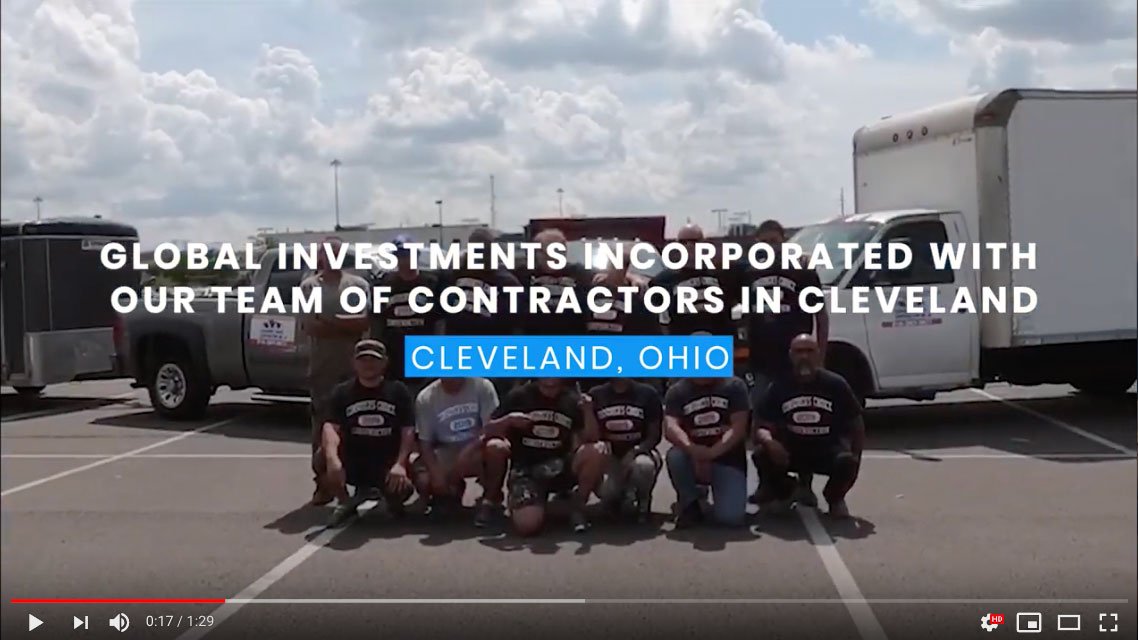
This week Shemika teams up with Consumer Choice Construction, one of our main contractors in Cleveland. We get to meet the whole team and see them at work on a new refurbishment project which is currently taking place.

This week Shemika and Bader meet up with Russ Abrams from First Meridian Title Agency. Russ gives an insight into the US buying process and discusses the key role a title company play in the purchase process.
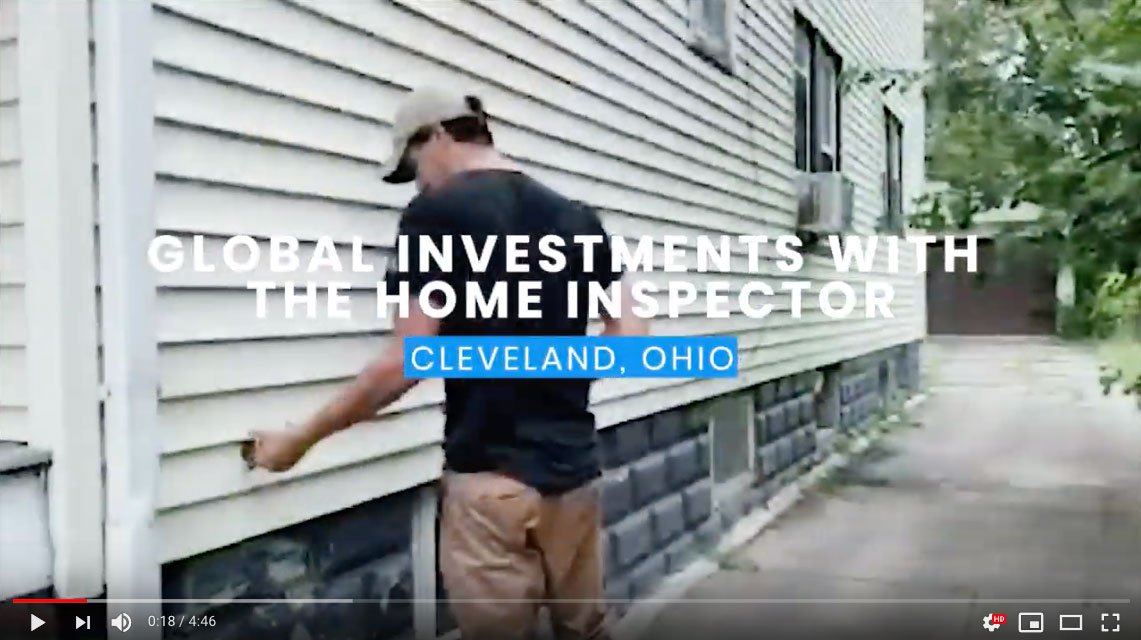
This week Shemika teams up with Johnny from Home Detective inspection company, you get to see what they look out for both inside and outside the home.
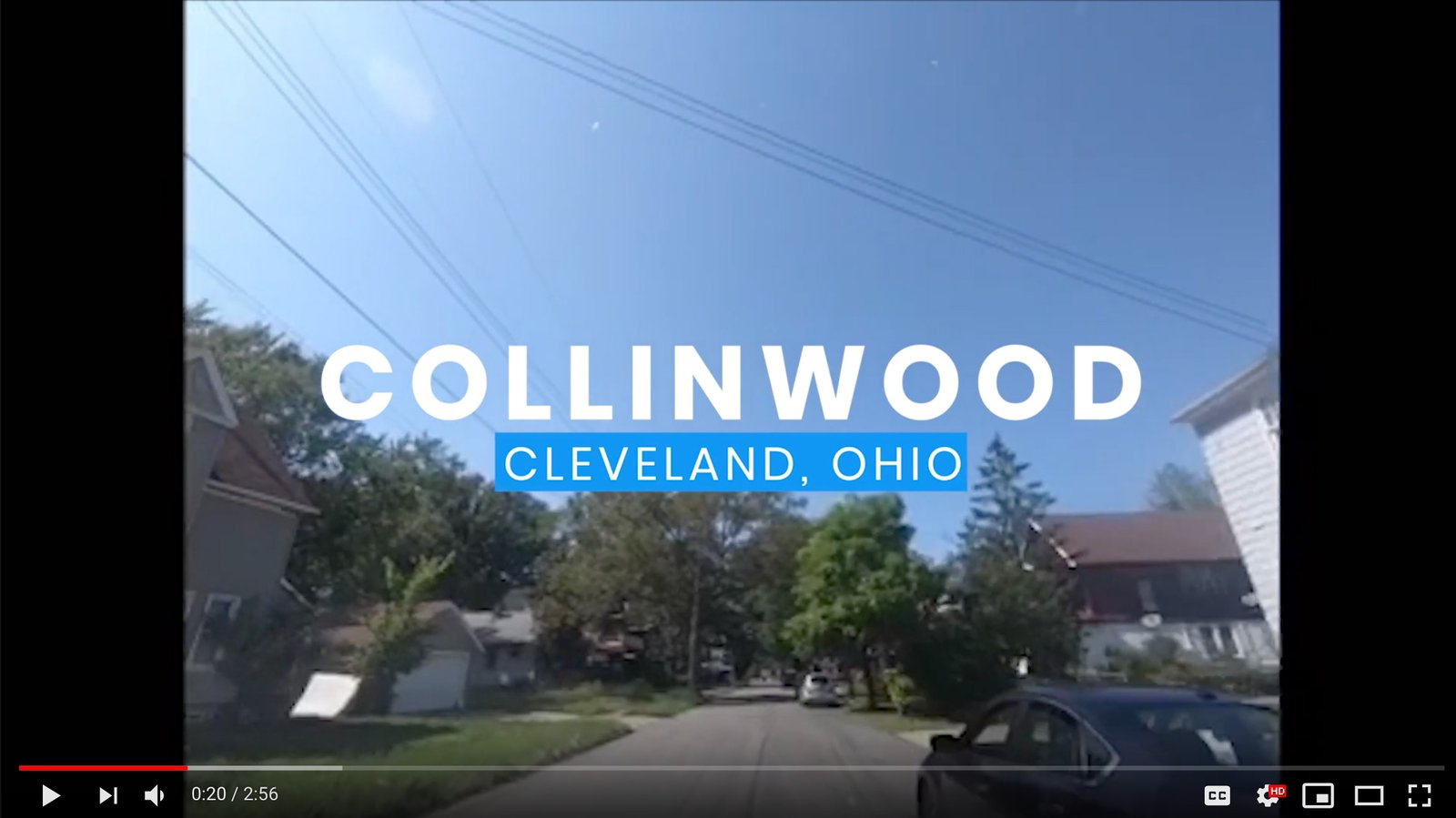
This week Shemika gives you a tour of the great Collinwwood neighborhood. Cleveland’s east-side community of Collinwood is getting a lot of attention recently from investors. The neighborhood is broken into three distinct sections and was once one of the heaviest industrial areas in the world, home to a major railroad switching point, huge freight yards and several manufacturing facilities. Now its a bustling metropolitan area, one of the most fetching parts of Collinwood is the Waterloo Arts District, where you’ll find everything from indie music to vintage clothing. Collinwood’s beaches and parks are some of the cleanest and most enjoyable in Northeast Ohio.
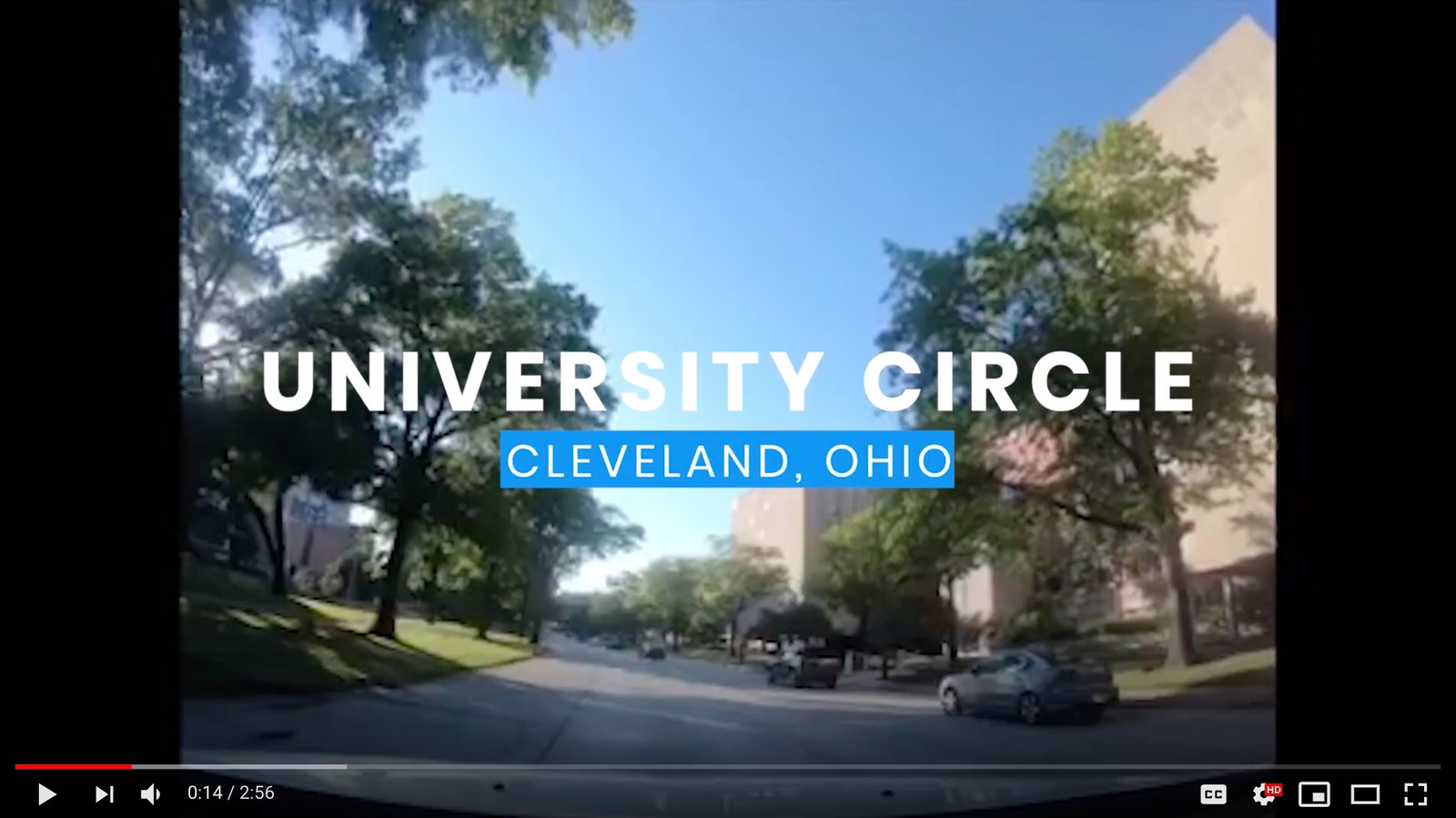
This week Shemika gives you a tour of the world famous University Circle in Cleveland. The University Circle is the most concentrated square mile of Cleveland’s must-see attractions, home to world-renowned museums, prestigious universities, nationally recognized hospitals, eclectic restaurants and beautiful parks. Among the cultural institutions are the Cleveland Museum of Art, Cleveland Museum of Natural History, Cleveland Orchestra, Cleveland Botanical Garden, Western Reserve Historical Society and the Crawford Auto and Aviation Museum. Educational and health institutions include Case Western Reserve University, Cleveland Institute of Music, Cleveland Institute of Art, Cleveland Clinic Foundation, University Hospitals and Ronald McDonald House. Helping to coordinate the growth and activities of the neighborhood and its institutions is University Circle Inc. The area is located ten minutes from downtown accessible from Euclid, Chester or Carnegie Avenues, by Interstate 90 to the Martin Luther King Jr. Boulevard exit south.
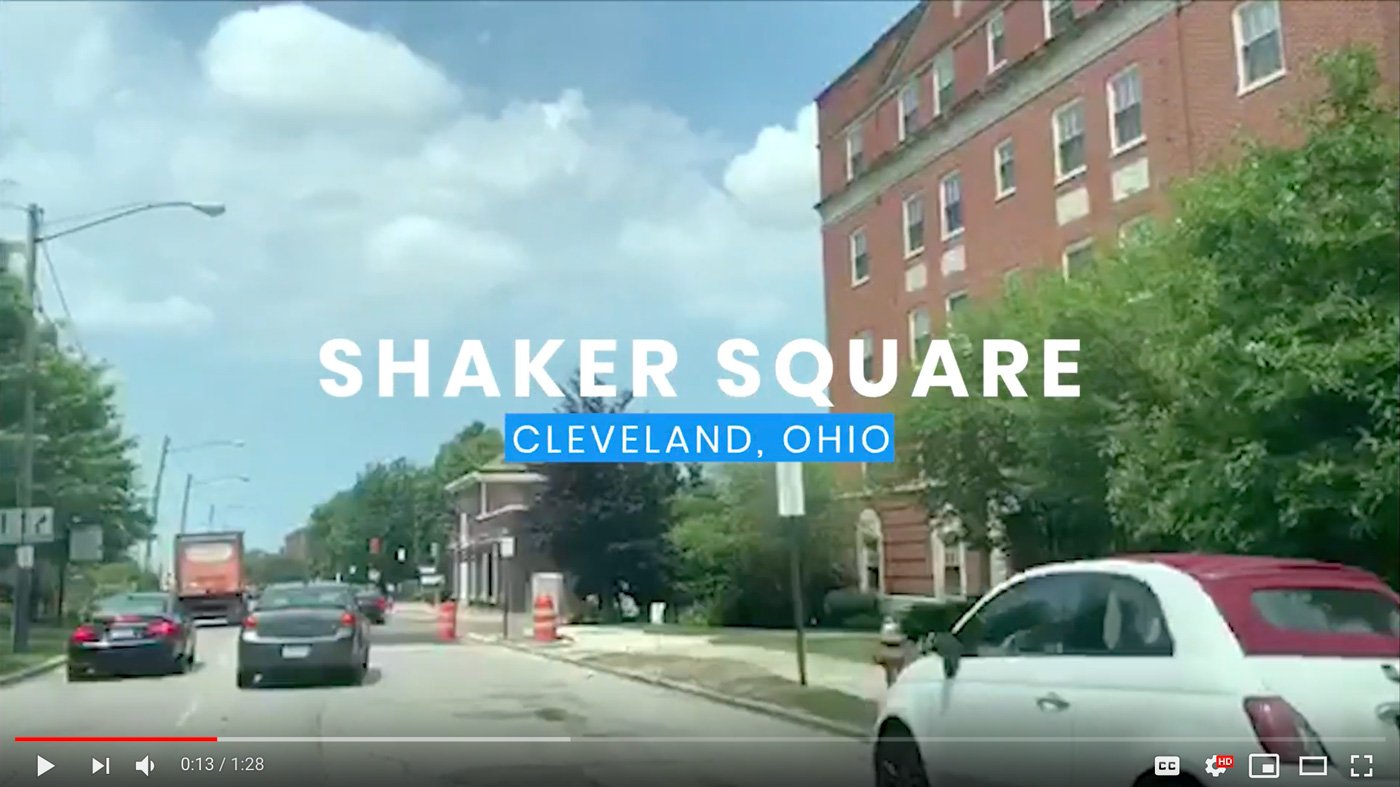
This week Shemika gives you a tour of the famous Shaker Square. Shaker Square is the the oldest shopping district in Ohio and has a little something for everyone. There are restaurants, bars, designer boutiques, coffee shops, art stores, antique stores and it even has a cinema. Throughout Shaker Square’s long history, the Square has served as the anchor, the town center for urbane and diverse neighborhoods that surround the Square. Not only is Shaker Square listed on the National Register of Historic Places, but the Shaker Square Historic District became a Shaker Heights Landmark in 1980.
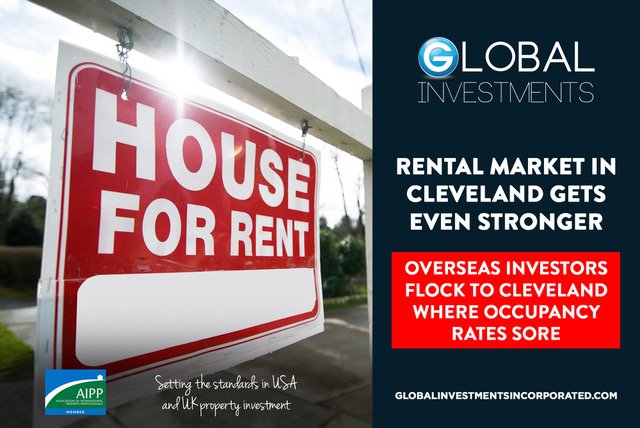
If you ask most people what was their best investment during the course of their life, a lot of them would say their home. The general premise is that over time property tends to appreciate in value. Eventually you end up paying off the loan you received in the form of a mortgage and so down the road you have plenty of equity in the property. From an investment standpoint not a lot has changed over the years, the consensus still remains that investing in bricks and mortar is, generally speaking, the most popular form of investment. So, if this is the case then why are an increasing number of Millennials now choosing to rent as opposed to owning a property? In the United States, cities like Cleveland are witnessing a boom in the rental market, as the younger generation choose to pay for housing on a monthly basis rather than take on the burden of a mortgage. Having significantly increased our own presence in Cleveland over the last 18 months, a common question we are asked by buyers is, “Why is the rental market in Cleveland strong? If the property is good value for money then why are people renting and not buying themselves given our earlier premise?” From a logical standpoint this seems a fair question. But the answer is a complex one that takes into account a range of factors. Obviously, in life there will always be a percentage of people that cannot obtain the funds to buy a property, and this leaves them with no option but to rent. Similarly, banks have taken a more cautious approach to lending on property in recent years and are only willing to mortgage certain types of real estate. In the US, in particular, lending against low value properties is not as commonplace as it once was. However, surprisingly the primary reason for the increase in the rental market is neither of these. For the current Millennial generation, renting is simply a more appealing option than home ownership. Let me explain why. Firstly, in today’s world the average Millennial is much less likely to work in the city they grew up in. Through globalisation and technology, it has become easier and easier to find jobs in other cities or other countries for that matter. Thanks to the arrival of the Internet and social media, the world is now a small place and flexibility is valued ahead of settling and laying down roots for many. And thanks to a Packing up and testing out a new city has never been more effortless. If you purchase a home, statistics show you are much less likely to pack up and move to a different city than someone who is moving from one rental property to another. There is no hard evidence to understand why this is the case, however one could hypothesise that the homeowner feels trapped with their home and unwilling/unable to pack up and leave. So, let’s look at a typical example. You are a young person or family that has just moved to Cleveland with a new job, an exciting new city and life ahead. You look for a home to live in and you assess the options: shall I rent or shall I buy? Let’s look at a few negatives, in this instance, for home ownership. The most common mortgage in the United States is a 30-year fixed mortgage. If you get a 30-year fixed mortgage for your property, the first few years almost all of the mortgage payments to the bank each month are for interest. Very little of that mortgage payment is going to pay off the actual debt on your house. Most likely, you will have to live there for over 7 years before you begin to pay off any capital on the property. Ask a Millennial working in the city where they will be in 7 years and if they could see themselves living in a different city in 10? Also, with any property you own you will need to have money set aside for any repairs or maintenance items that come up such as a roof leak, new siding, HVAC system, hot water heater, windows, toilets, locks, yard maintenance, etc. This ongoing drain on disposable income is less appealing to the professionals and families of today. Over the last 10 years, the average length of time a homeowner lives in their house is estimated to be 8.4 years. In the previous 10 years from 1999-2009 the average length of time a homeowner lived in their house was just over 6 years. From these statistics it is clear that most homeowners did not make much money when they sold their house, simply due to the length of time they lived in the house. So, basically the main reason for the increase in the rental market – especially in cities such as Cleveland – is the change in lifestyle and the perception of the world we live in. If you wish to truly gain from capital appreciation as a household with a long-term mortgage, you need to be set on holding onto your house for a long period of time (at least 15 years). The current generation of Millennials are not following in their parents’ footsteps, growing up and living in the same neighbourhood, living in the sea home for 30 years. Instead, many Millennials like the idea of keeping their investment options open and many look upon family homes owned by their parents as a future nest egg/inheritance, which frees them up to live a more flexible and transient lifestyle. The good news for Global Investments investors is that the rental market is growing in places like Cleveland. This means that for those looking to build a property portfolio, they can be confident in: Increasing rental demand Increasing property values A stable future market should tenants leave This is one of the main reasons why we are seeing so many overseas investors get involved in buying turnkey homes in
Compare listings
ComparePlease enter your username or email address. You will receive a link to create a new password via email.